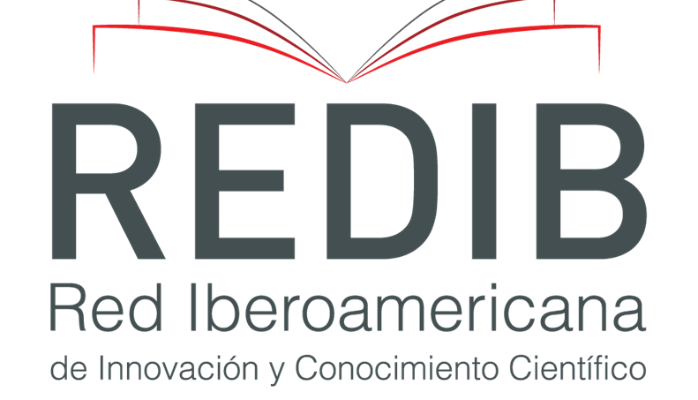Development of an IoT station for monitoring microclimates and soil conditions to adapt crops to climate change
DOI:
https://doi.org/10.47796/ing.v7i00.1167Keywords:
crop adaptation, climate change, weather station, Internet of Things (IoT), sensorsAbstract
Climate change directly affects crops worldwide, posing an increasing threat to agricultural production and food security. The aim of this study was to design an Internet of Things (IoT) station to monitor microclimates and soil conditions. A system was implemented consisting of central nodes (ESP32 LILYGO T-SIM7000G with the RF module nRF24L01) and secondary nodes (NodeMCU-32, based on the ESP32 microcontroller), equipped with sensors to measure environmental and soil variables such as humidity, temperature, pressure, UV radiation, wind speed, as well as conductivity, nitrogen, phosphorus, and potassium. The devices used included a digital rain gauge MS-WH-SP-RG, a BME 280 sensor, an NPK soil sensor JXBS-3001-NPK-RS, a UV sensor CJMCU-GUVA-S12SD, an anemometer JL-FS2, and a weather vane B08N52YR8Z. The collected data was transmitted via the cloud platform ThingSpeak, and a web interface was developed for visualization. The results indicated that the IoT system collected data with high accuracy and reliability, showing significant agreement with data from a professional reference device. The integration of IoT technologies in agriculture provides effective solutions to address the challenges of climate change, improving adaptation capacity and efficiency in crop management.
Downloads
Downloads
Published
How to Cite
Issue
Section
License
Copyright (c) 2025 William Eduardo Salgado Villanueva, Guido Edson Diego Bacigalupo Chocano, Fernando José Acostupa Godoy, Tito Leoncio Córdova Miranda, Hugo Javier Rivera Herrera

This work is licensed under a Creative Commons Attribution 4.0 International License.








